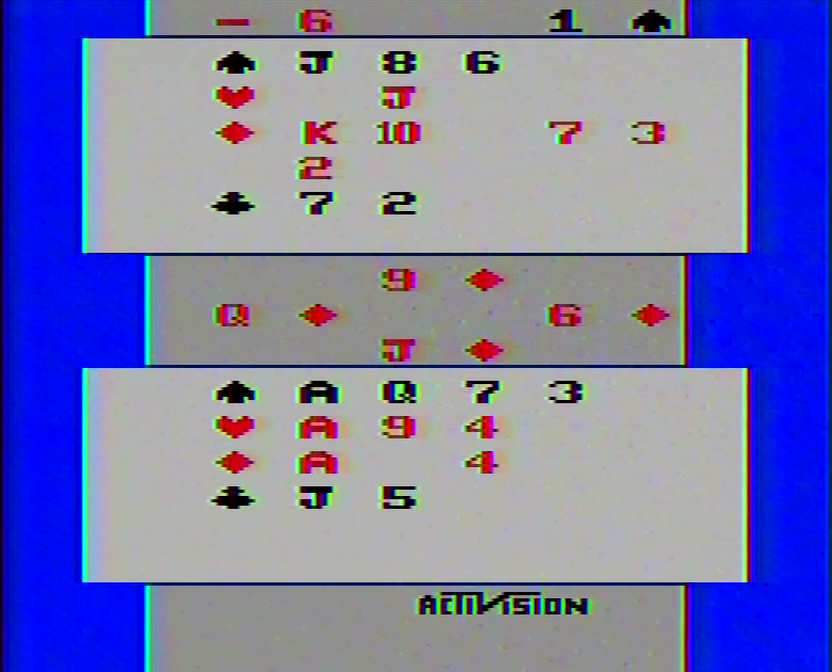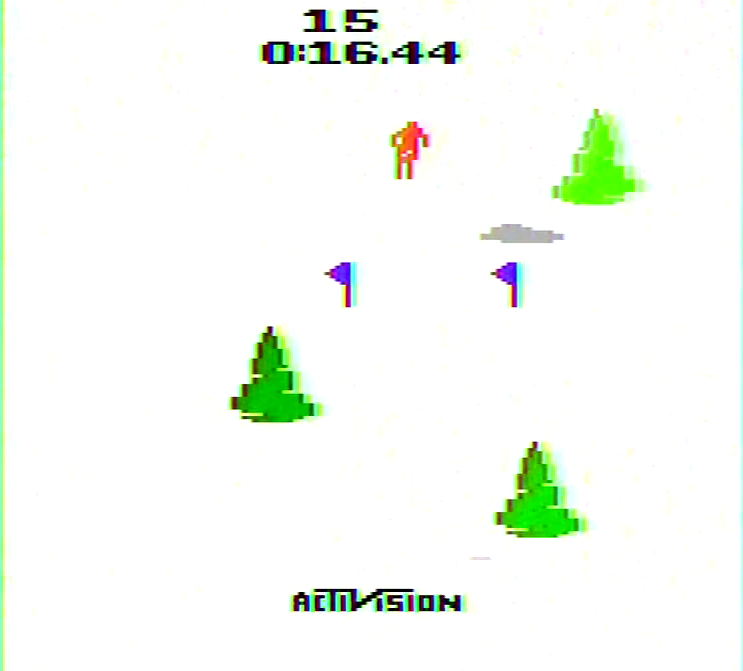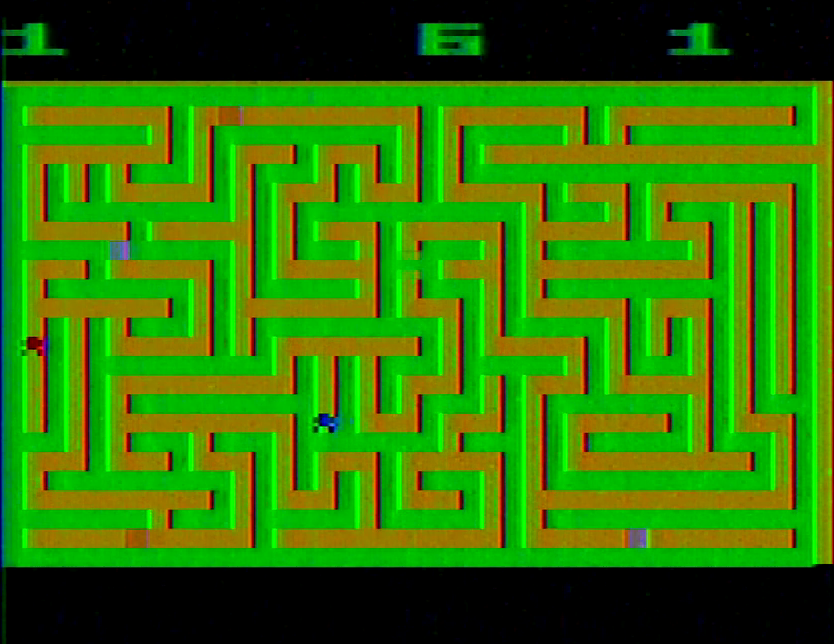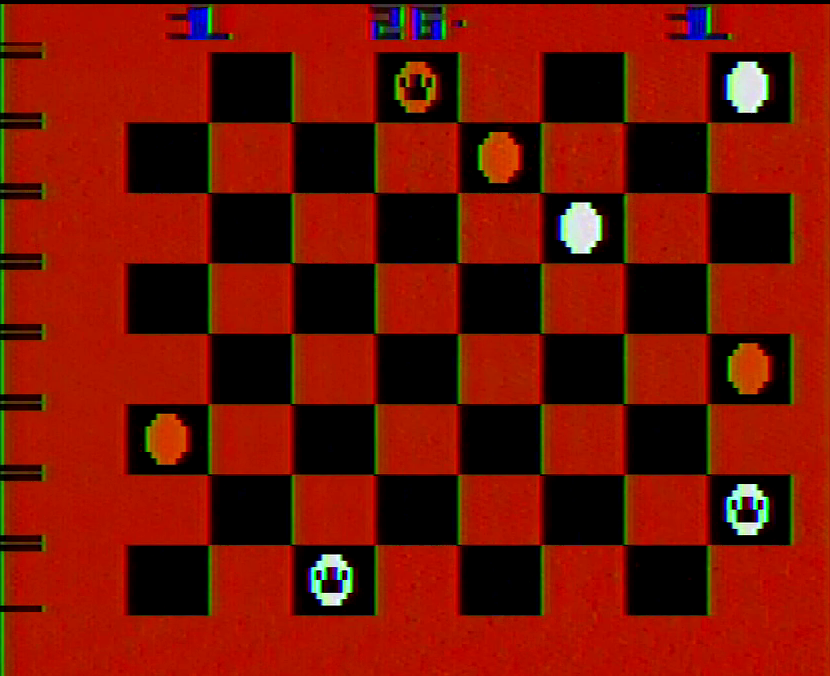
March 1981 introduced a pair of novelties to the VCS library, in that they are first-party Atari games that are also retailer-exclusives. Steeplechase and Stellar Track are the first two of four games that had some kind of exclusivity to Sears, then one of the largest retailers in the United States and a partner of Atari’s in the home gaming space since it stocked Atari’s dedicated Pong console in 1975 under its own branding.









